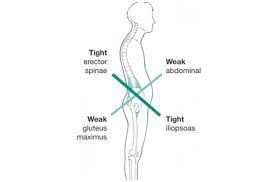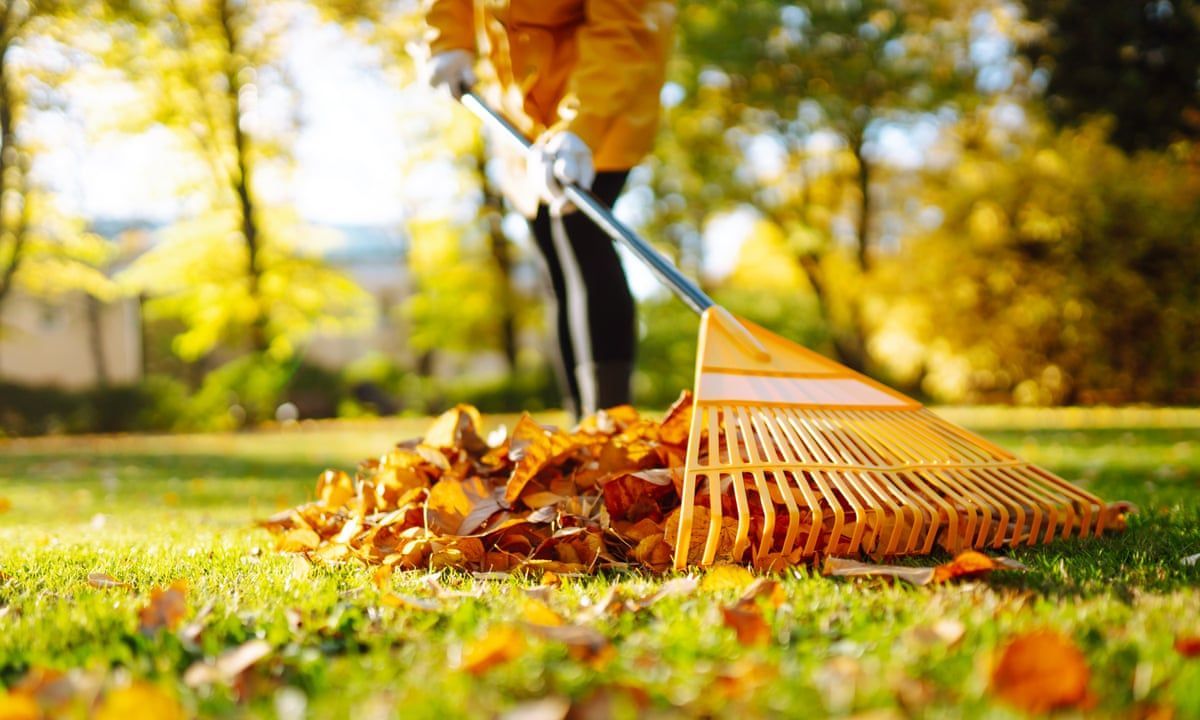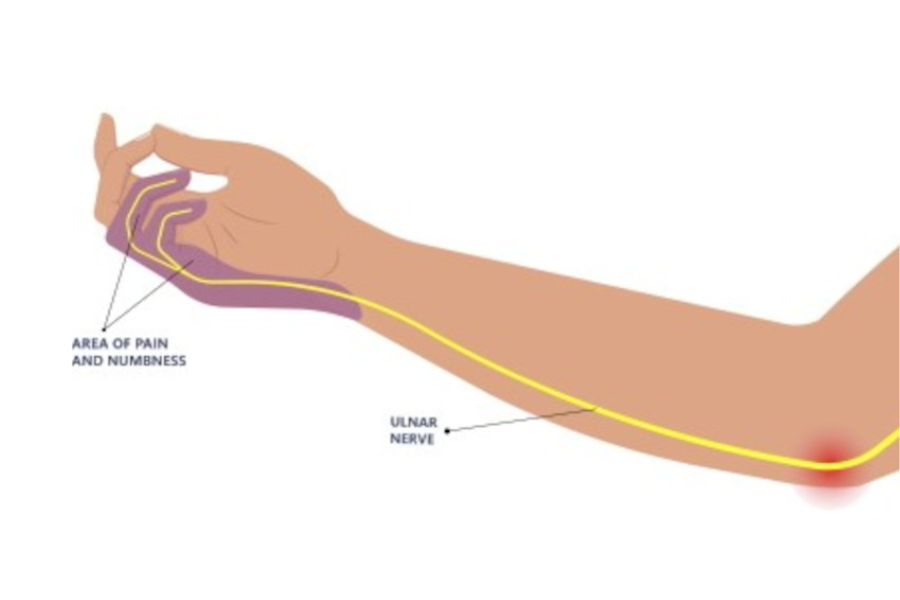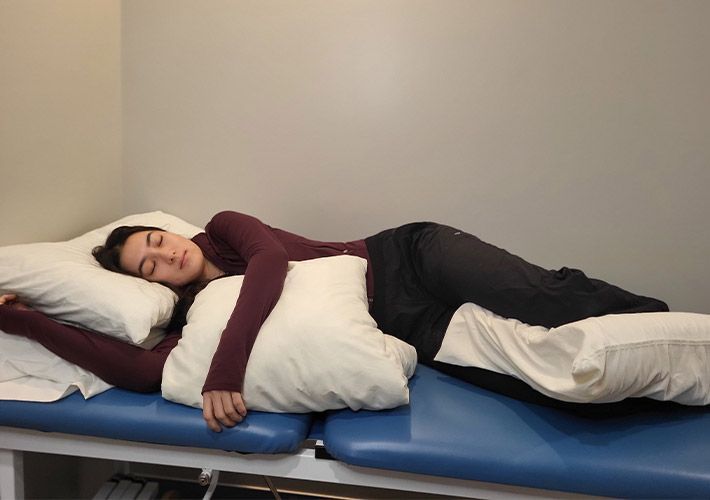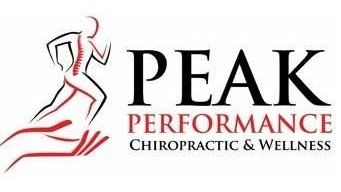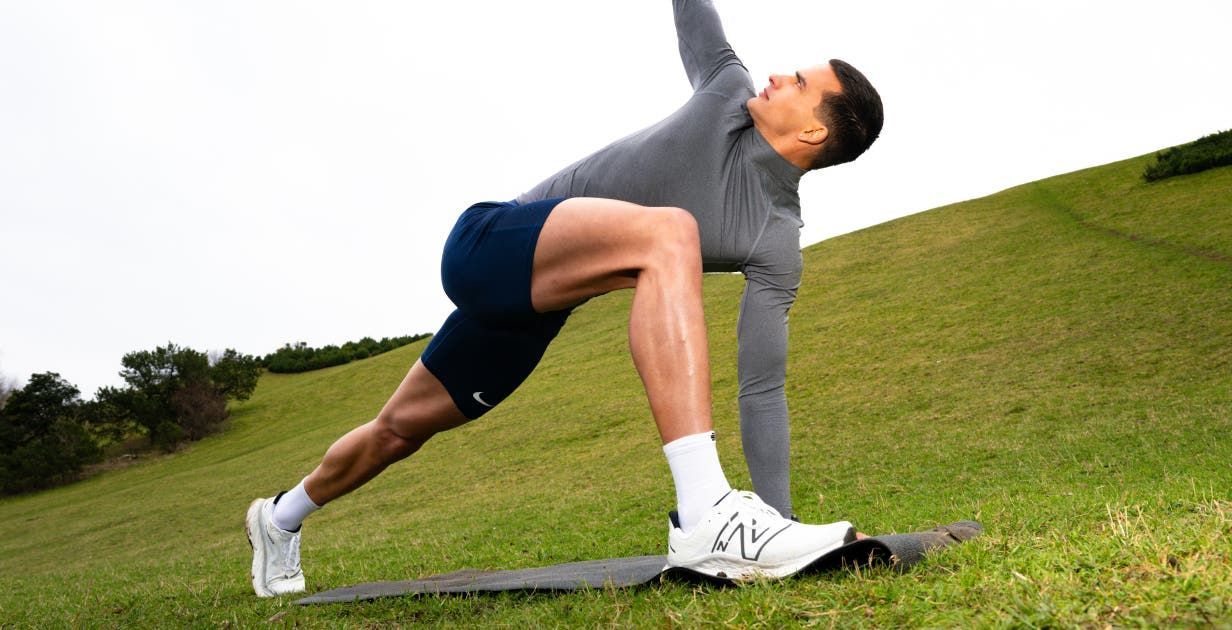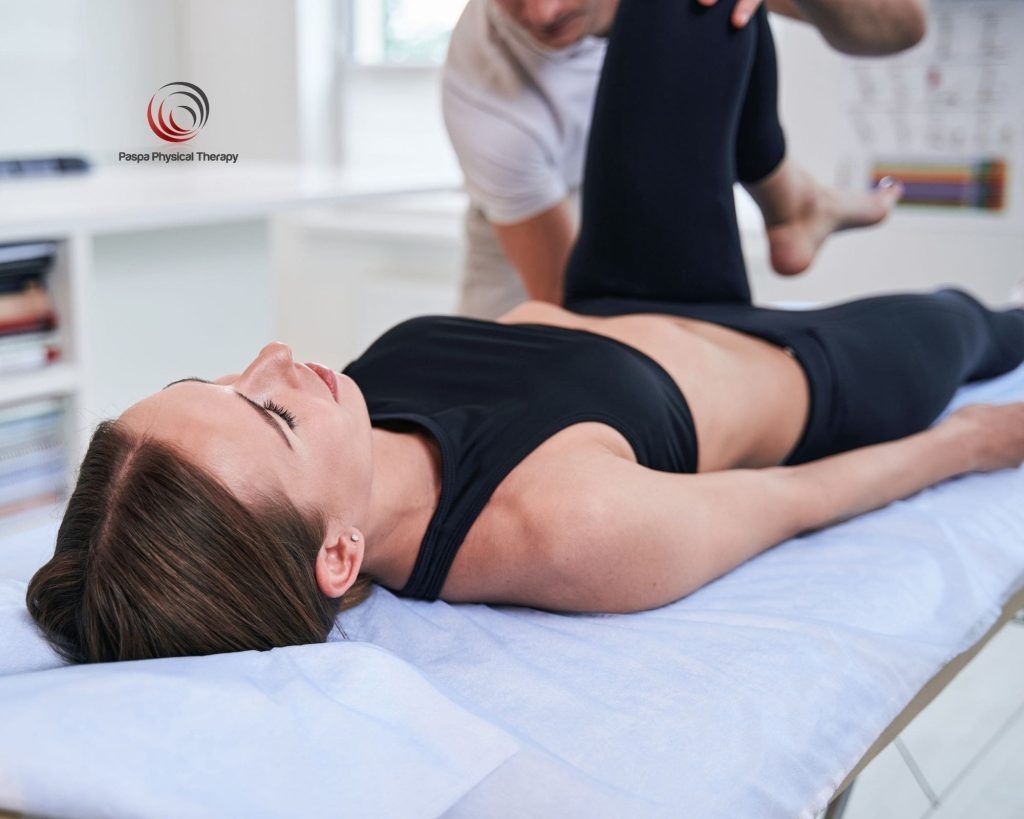Game Day Gains: Staying Active and Healthy While Cheering on the Bills

The start of the Buffalo Bills football season is one of the best times of the year in Western New York. Whether you’re in the stands at Highmark Stadium or packed into a living room with family and friends, there’s nothing quite like the energy of game day. But let’s be honest—football watching usually comes with hours of sitting, bottomless snacks, and more than a few high-calorie treats.
Here’s the good news: you don’t have to sacrifice your health to enjoy the game. With a few smart tweaks, you can cheer on Josh Allen and the team while also supporting your own body. Below are fun, evidence-based tips for staying active and healthy all football season long.
1. Turn Commercial Breaks into Mini Workouts
NFL games are full of downtime: commercial breaks, timeouts, and reviews. Instead of sinking further into the couch, use these pauses as movement opportunities. Research shows that breaking up long periods of sitting with even short bouts of activity can improve circulation, support heart health, and reduce stiffness.
- March in place or do a quick set of squats during a break.
- Try push-ups against the couch if you want to sneak in some strength work.
- Stretch out your back and shoulders —especially if you’ve been hunched over the snack table.
By the end of four quarters, you could rack up 15–20 minutes of extra movement without ever leaving the living room.
2. Build a Smarter Snack Table
Let’s face it: chips, wings, and pizza are practically part of Buffalo’s DNA. No one’s saying you need to ditch them entirely—but balance is key. Studies show that people eat more when high-calorie snacks are within easy reach, so one smart move is to mix in some lighter options.
- Swap chips for veggies when dipping—carrots, celery, and peppers taste just as good in chicken wing dip or blue cheese.
- Add lean protein like grilled chicken skewers or turkey chili to keep you full longer.
- Choose smaller plates —research suggests that plate size can trick your brain into thinking you’re eating more than you are.
This way, you can enjoy your game day favorites without feeling sluggish by halftime.
3. Hydrate Like a Pro
It’s easy to forget about water when beer and soda are flowing, but hydration makes a big difference. Dehydration can lead to headaches, fatigue, and even muscle cramps (yes, even from sitting too long).
- Keep a water bottle nearby and sip between drinks.
- Try alternating one alcoholic beverage with one glass of water.
- Add lemon, cucumber, or fruit slices if plain water feels boring.
Your body will thank you the next morning, especially if you’ve got work the day after.
4. Bring Tailgate Energy Indoors
Tailgating is all about standing, grilling, and tossing a football around. You can bring that energy home by adding some light movement to your watch party.
- Play a quick game of catch during halftime.
- Organize a “touchdown challenge” where everyone does 5 push-ups or jumping jacks when the Bills score.
- Stand up and cheer instead of yelling from the couch—it’ll get your blood pumping and make the win even sweeter.
5. Protect Your Back and Joints
Long stretches of sitting can do a number on your posture. Research shows that slouching can increase strain on your spine and neck, leading to stiffness and discomfort
- Sit smart: Keep your feet flat on the ground and avoid leaning forward for too long.
- Stretch often: Roll your shoulders, arch your back, and twist gently side-to-side.
- Consider your setup: If you’re watching on a smaller screen, raise it to eye level to avoid craning your neck.
If you find yourself sore after every Sunday, a chiropractic adjustment or massage session can help keep your body aligned and ready for the next kickoff.
6. Get Everyone Involved
Football is more fun when it’s shared, and it turns out health habits work the same way. Studies show that people are more likely to stick with positive changes when doing them in groups.
- Make the commercial-break workouts a family challenge.
- Encourage friends to bring healthier snacks to share.
- Get kids involved with simple stretches or by keeping score of “fitness points” during the game.
Not only does this keep everyone moving, but it also makes the day more interactive and memorable.
7. Don’t Forget Recovery
Game day can take a toll on your body—especially if you’ve been jumping up and down celebrating or hauling coolers to the tailgate. Giving your muscles and joints some love afterward is just as important as the activity itself.
- Stretch out before bed to loosen up tight hips and hamstrings.
- Try gentle foam rolling to ease sore muscles.
- Book a massage or chiropractic visit during the week to keep your body in top shape all season.
Think of it as your own version of the Bills’ post-game recovery plan—minus the ice baths.
8. Make Game Day Part of a Bigger Health Routine
Football season runs for months, and those habits you set in September can carry you through winter. By treating game day as an active, health-conscious event, you’re adding consistency to your routine. Over time, those little changes—standing more, snacking smarter, moving often—really add up.
- And remember: staying healthy doesn’t mean sacrificing fun. It means you’ll have more energy to cheer, more stamina to tailgate, and fewer Monday morning regrets.
Final Whistle
The Bills season is all about excitement, community, and (hopefully) plenty of touchdowns. By adding some movement, smarter snack choices, and a little extra care for your body, you can enjoy every game without the post-game slump.
If you’re noticing aches, stiffness, or discomfort creeping in during football season, our team at Peak Performance is here to help. From chiropractic care to massage therapy, we’ll keep you moving strong—on and off the couch.
So grab your jersey, rally your crew, and get ready to cheer loud. Go Bills!
Bethany Wolcott
D’Youville Chiropractic ‘26


